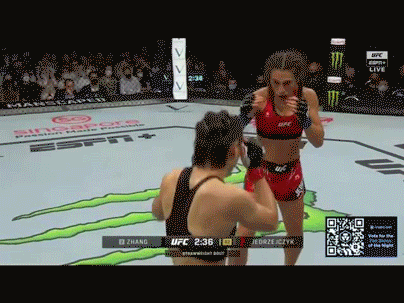Earl Weiss
Senior Master
- Joined
- Jan 27, 2009
- Messages
- 3,584
- Reaction score
- 929
I have one to two memorized Combo per rank. Using these has a few advantages:One thing I'm trying to get away from when I build my own curriculum is rote memorized combinations. I feel the more you rote memorize, the less creativity offered to both the student and teacher.
1. Newbie sparring looks like a deer in the headlights so I just tell them "Use A,B,C,D etc."
2. It is concept based examples of varying the level and / or angle of the techniques in the combination to create openings.
3. If you are coaching at a competition you can tell you competitor "A,B,C,D etc"
4. These taught to be the "Building Blocks" of creativity.
5. These are combos "That work" / flow . Creativity is great but it's hard to be creative draining the swamp when you are up to your buttocks in Alligators.
Last edited:



